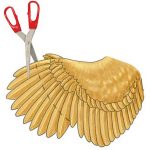
A chicken — or any other poultry — that persists in flying out of its enclosure can be an annoyance. It may destroy vegetable gardens and flower beds (yours or your neighbor’s). It may get into the wrong pen and mess up your breeding plan. Worse, it could get run over on the road or […]
Continue Reading
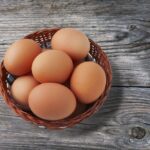
12 for $61.68 24 for $101.28 FREE SHIPPING
Seasonal/Shipped Mid February through June 5th.
Continue Reading

Perhaps the greatest tribute to eggs is the vast number of ways they are incorporated into recipes around the world. Many recipes call for eggs as a functional ingredient, used to perform such services as binding other ingredients together, clarifying liquids, or causing baked goods to rise. Here are 15 functional properties of eggs in […]
Continue Reading
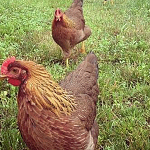
Some chicken breeds thrive better on forage compared to others. Breeds that have been kept in confinement for many generations generally forage less aggressively than breeds that have continued to exercise their foraging instinct. If you want a low-maintenance flock, and you have space for them to roam, consider these chicken breeds that are exceptional […]
Continue Reading
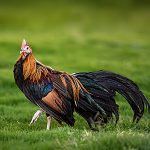
Longtail chickens require specialized treatment to maintain the beauty of their lavish tail feathers. Here are 7 ways the care and feeding of longtail roosters differs from that of other chicken breeds. 1. Plenty of Perches A lot of what we know about caring for longtail chickens comes from the traditional management of Onagadori roosters […]
Continue Reading
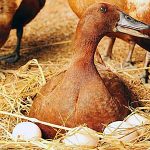
How many eggs your ducks lay, and for how many years, depends on several factors. Most of these factors are easily within your control as the ducks’ keeper. Here are six considerations that influence how to keep your ducks laying well. Breed and Strain Some duck breeds, or strains within a breed, lay better than […]
Continue Reading
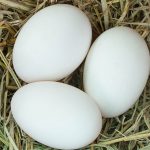
Some breeds of duck have been developed for their outstanding laying habits. Unless this ability is maintained through continued selective breeding, though, the laying potential of the strain will decrease over time. For this reason, not all populations of a particular breed known for laying are equally up to the task. Here are four outstanding […]
Continue Reading
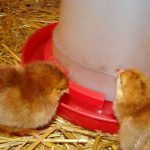
Most chicken keepers have some amount of equipment in storage. They might be things used only seasonally, like chick feeders, drinkers, incubators, and brooders. Or they might be feed cups, waterers, and pet carriers used only during the show season. Other things might simply be spares that can be swapped out so the dirty ones […]
Continue Reading

Because of school closures during the pandemic, elementary school embryology programs are not presented in classrooms. To fill the gap, The Livestock Conservancy, of which Cackle Hatchery® is a member, has teamed up with North Carolina 4-H Extension to develop a virtual learning experience. The series is called “From Embryo to Chick” and is offered […]
Continue Reading
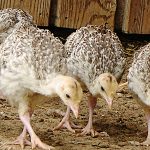
Turkey poults and guinea keets are difficult to sex, and therefore are typically sold as straight run. The males and females of both species, within the same breed or variety, look pretty much alike until they are nearly mature. Sexing Turkeys As turkey poults grow, you can take an educated guess as to which gender […]
Continue Reading










